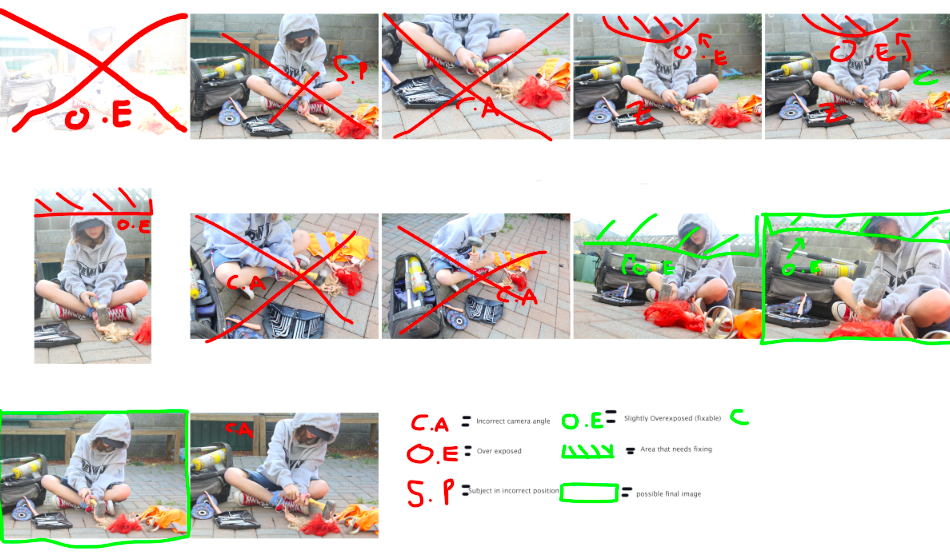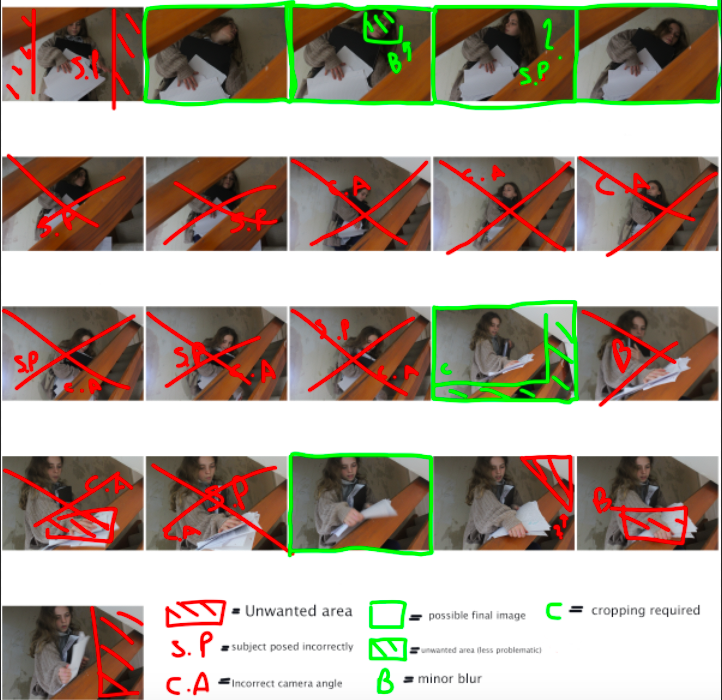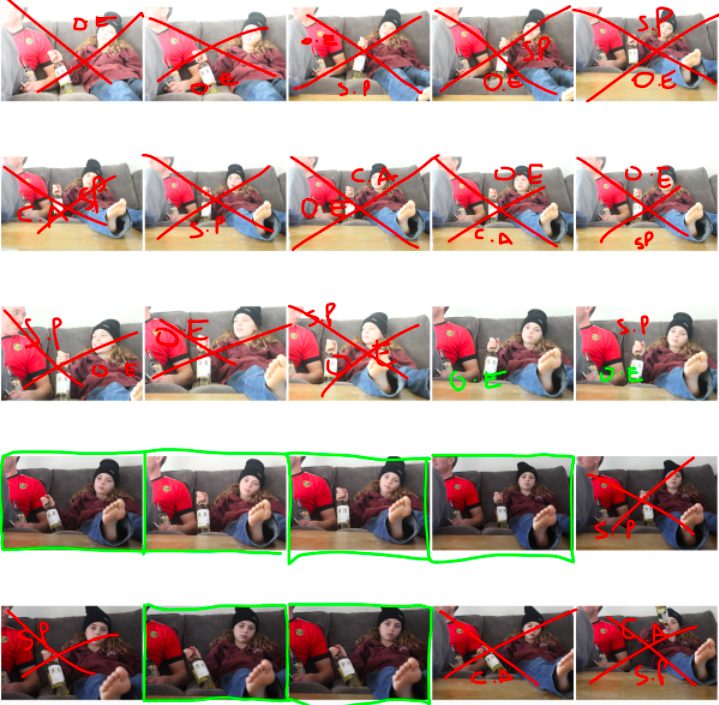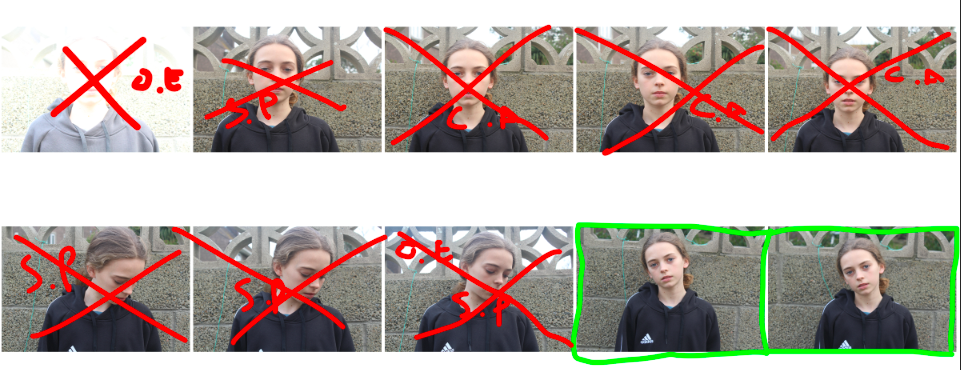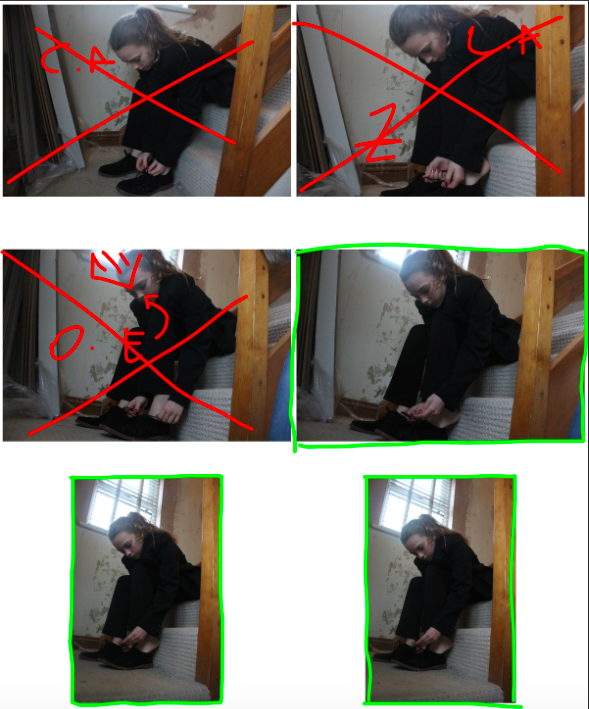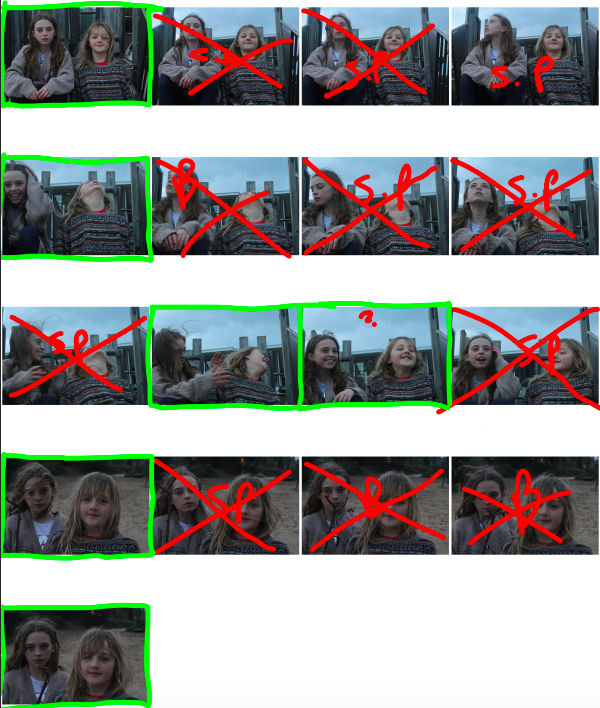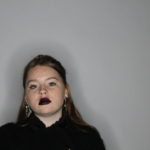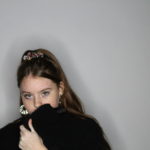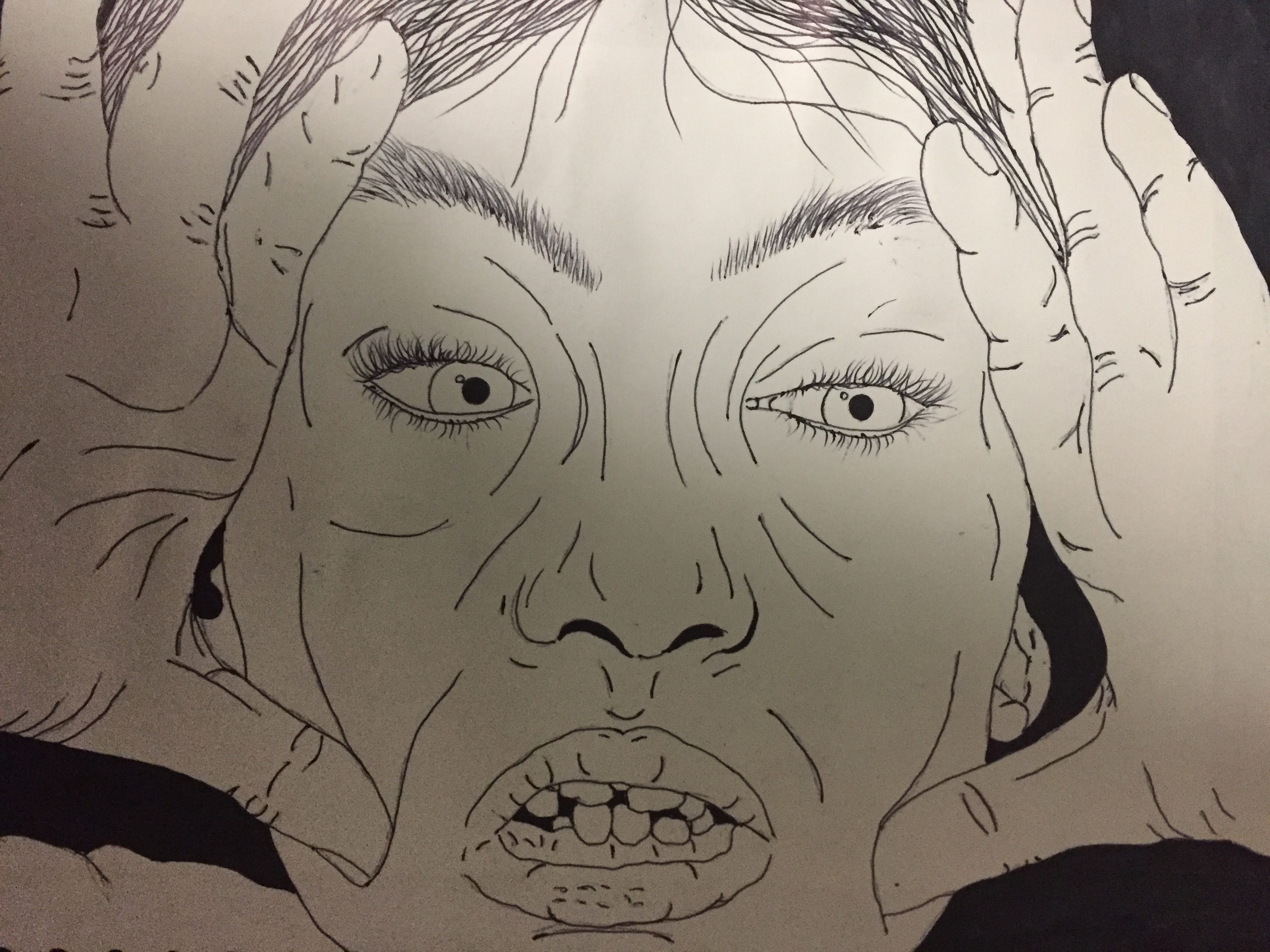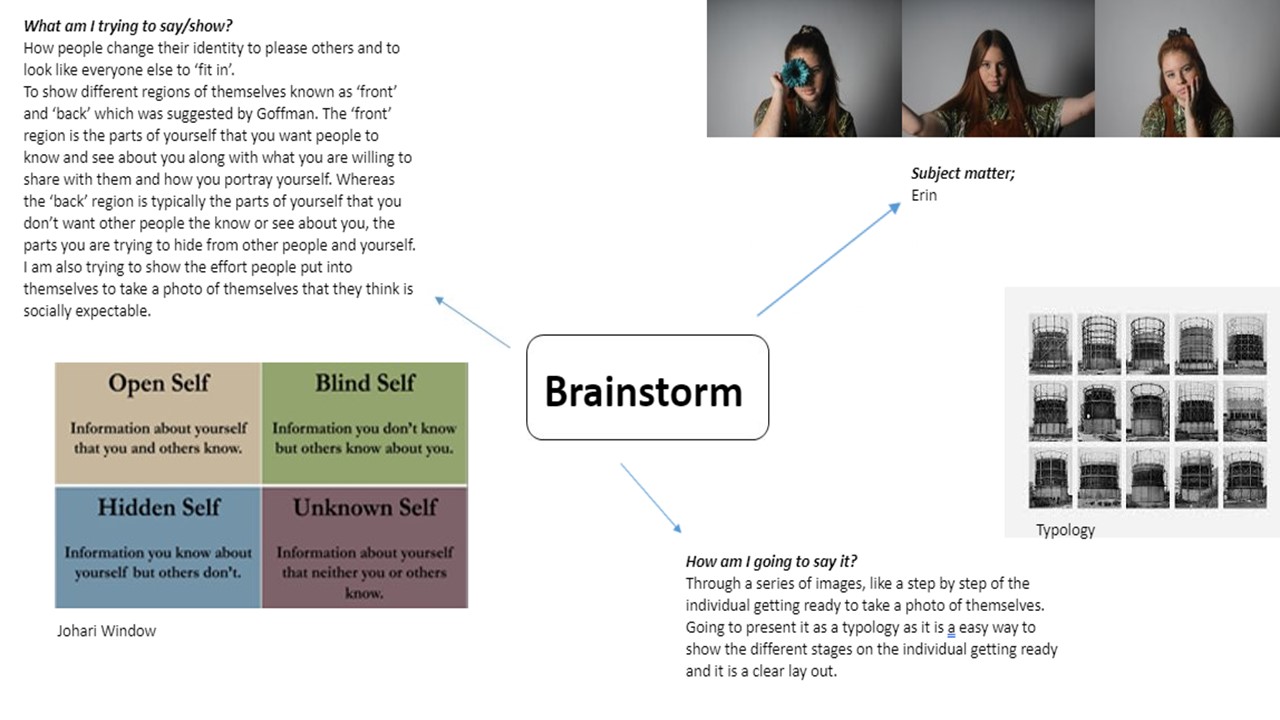
In this image, I took a tableaux approach, where I attempted to create a story within the image. The story being told is that a woman who has lost her identity, is placing makeup on her face in order to rectify the issue. The makeup represents a cover up for the loss of identity, which shows how society wants us to act when we lose our identity. In order for this story to clearly be presented I felt that the image needed to be naturally darker, and so I adjusted the levels and curves to do so. I also decided to turn the image into black and white which has allowed the idea that the woman has no identity to be clearly presented. Although I like the way this image has turned out, I do not feel that it has strong links towards loss of identity, and therefore I believe that this is more least successful outcome.

In my second edit, I wanted to showcase my surrealist approach to mask photography. Instead of using a mask I used a bed sheet and rapped it around both of my models heads. I placed the taller model in the foreground and the shortest in the background. From looking at other surrealist photographers work, most of the images are presented in black and white, I believe that the black and white look allows the image to be high in tonal contrast which emphasize the entrapment of my models, and how losing your identity can trap people in their own minds. The bed cover acts metaphorically to represent the mind trapping people. To edit this image I simply adjusted the levels and curves to ensure that the image would produce high tonal contrast.
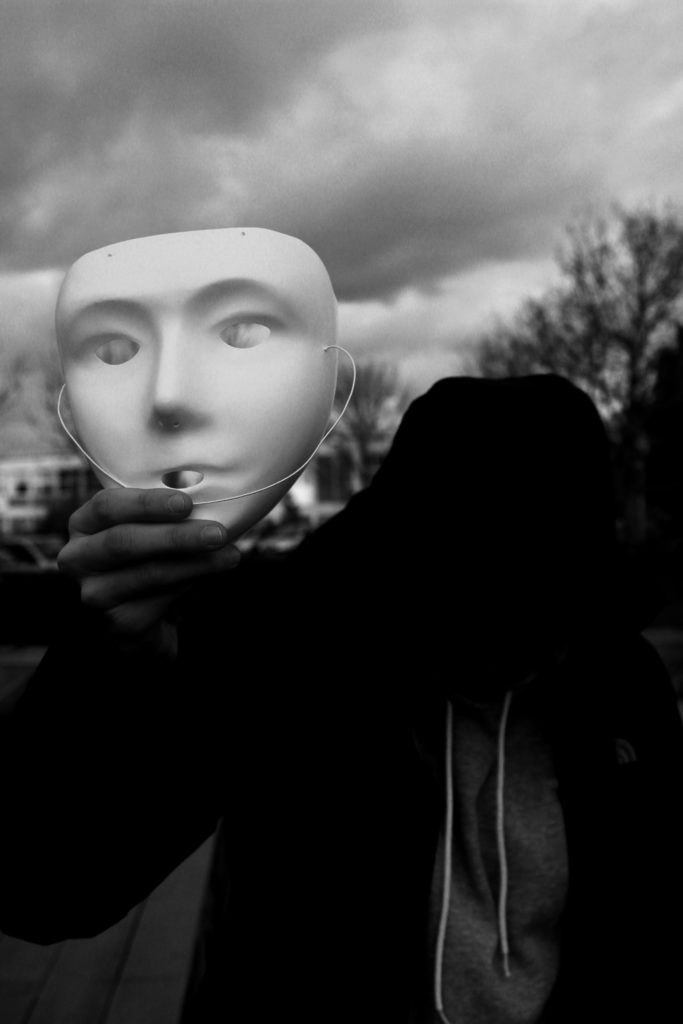
In my next edit I wanted to show my model presenting her mask, before she puts it on, taking away her identity. As seen the models face is not seen and completely black which represents her identity being lost. In order to allow the face to be completely black I made the image seem naturally darker by adjusting the levels and curves, I then decided to turn it into black and white in order to allow the whole face to be completely black. I chose the main focus point to be on the mask as I felt that it represented the importance of ‘putting on a mask’, putting on an act, when you lose your identity. I feel that this image is one of my more successful images due to the different photography techniques that are shown and the editing techniques I used.

In my next edit we are presented with the mask, looking out of a mask. The idea of this image was to showcase, what viewing the world and others through a mask, when you lose your identity. To edit this photograph, I wanted to ensure the mask on the face could still show facial features, like the nose and eyes, but had the rest of the frame white. To do this I made the image lighter by adjusting the levels and curves, and turned the image into black and white. I areas I went over with the paint brush tool (white) in order to conceal any darker areas. This image strongly portrays the theme of loosing an identity but shows it from the viewpoint of someone who has lost their identity.

In my next edit, I selected the image where a half mask is placed onto of the full mask. This represents the model falling deeper into the obis of losing their identity. This denotes that losing an identity can layer up and become hard to find themselves again, which shows the importance of speaking to someone when you begin to lose an identity. To edit this image I adjusted the levels and curves and turned the image black and white, in order to make it high in tonal contrast. I then decided to lighten the image by adjusting the lightness to be brighter. This made the image seem more grey, and old which adds to the overall sinister tone of this image.
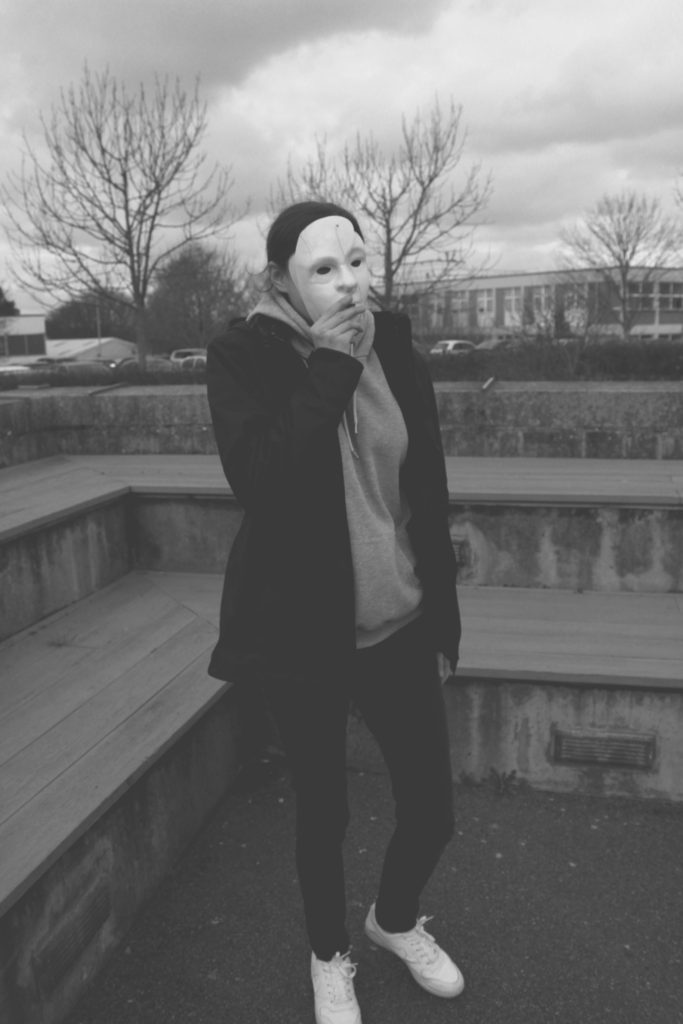
In my final image I took the same approach as the edit above. I decided to follow the same technique, in order to make a mini series of the layering of the mask. These two images work well together as they are taken at different viewpoints and show two different styles of portrait photography. In this image we see the model in a desolate area looking as if she is walking somewhere, in hope to find someone for help. In the background we see corner stairs, which are used to represent the entrapment and how losing her identity has trapped her and how she is searching for help.
Comparison
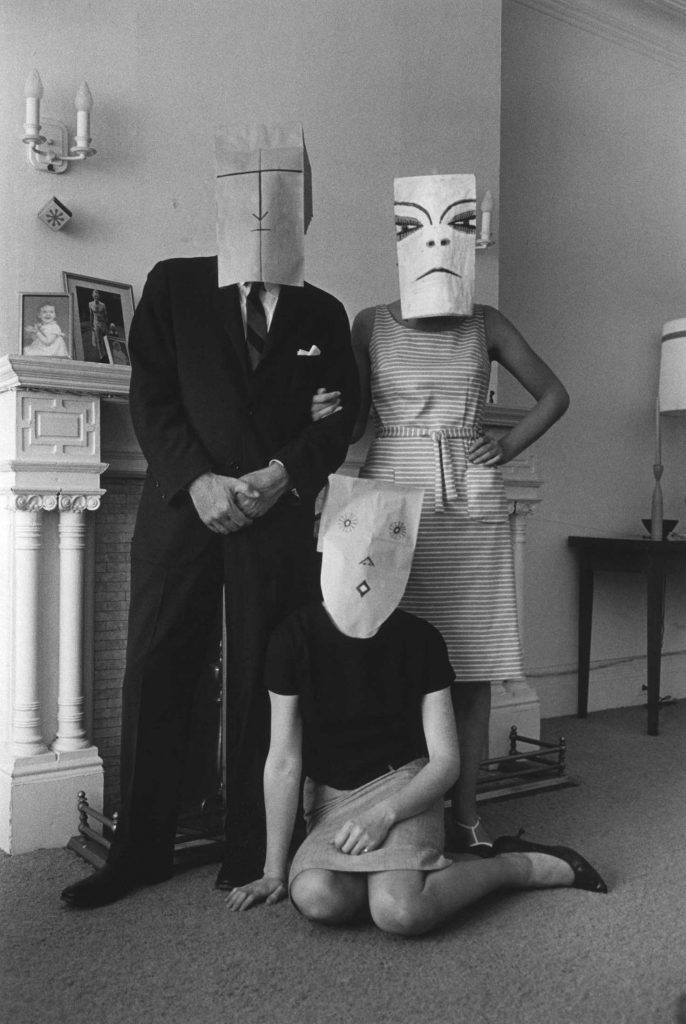

To compare my work to Saul Seinberg, I believe that my approach has a stronger link to the loss of identity. To technically compare my image to Seinberg’s, I took the same idea of using a basic background in order to present context to the image. my background is more isolated and worn down, where as Seinberg’s image uses a posh home environment which creates an identity for those people. Both images seem to use natural cold lighting which adds to the eerie tone which was trying to be created. Both images are presented in black and white, which allows colour to be taken away, which can help present an identity. Moreover, it allows the formal element of tone and shape to be clearly presented within both of the images. One difference is that Seinberg uses paper bags with faces where as I use masks, although I like the paper bag concept I felt that it began to create an identity, which was not the aim of this photo shoot. Therefore, using a mask I felt was more appropriate. Finally, my image uses a short depth of field compared to Seinberg’s image. I felt that the main focus point being on the model helped to isolate the background, allowing the focus to be on the model allowing the clear message to come across.
To evaluate these edits I believe that I have managed to produce a strong response to mask photography, which could then develop into final pieces for the theme of loss of identity. The edits have used simple photoshop techniques which has allowed the theme to clearly be portrayed in every photograph, making these edits successful.

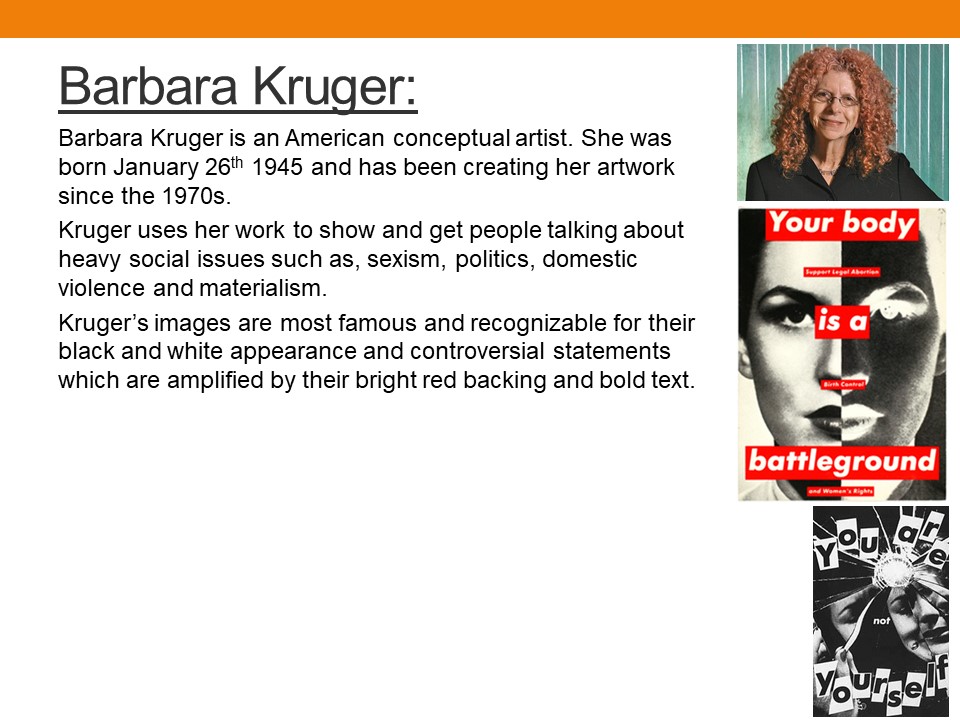


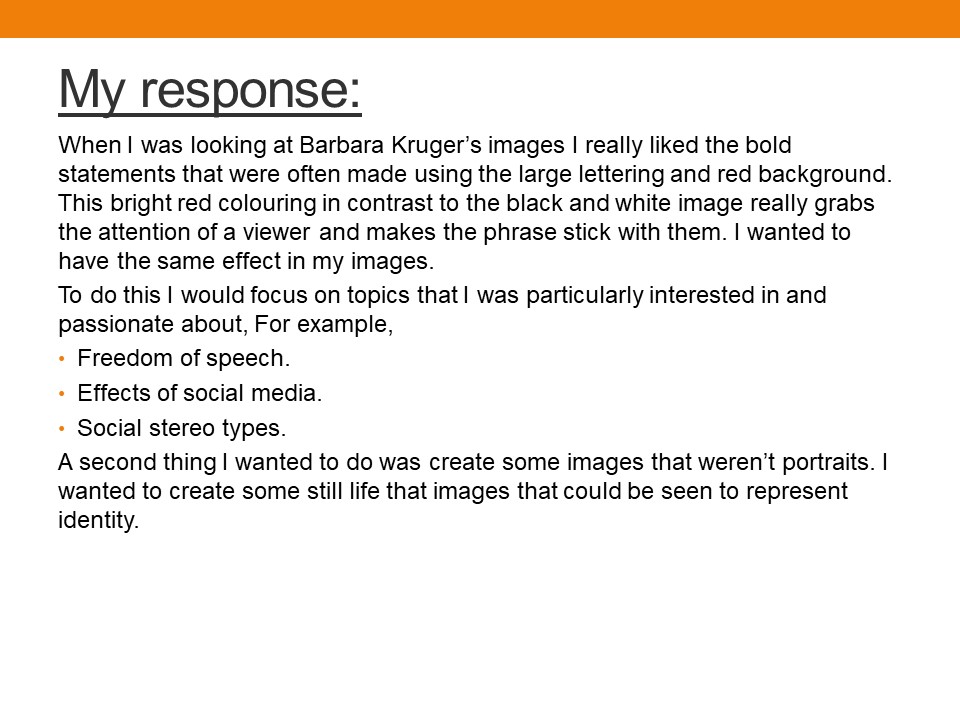

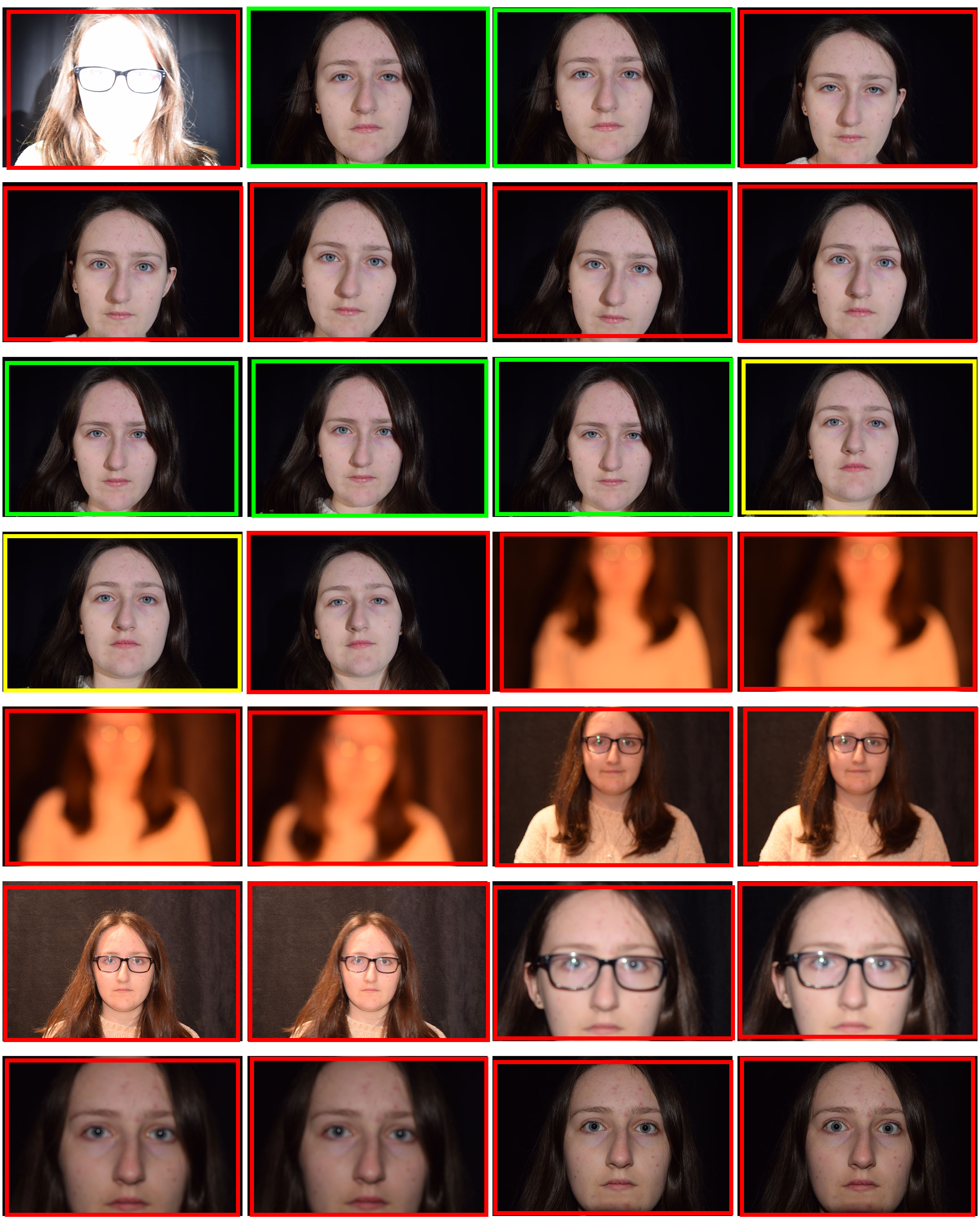
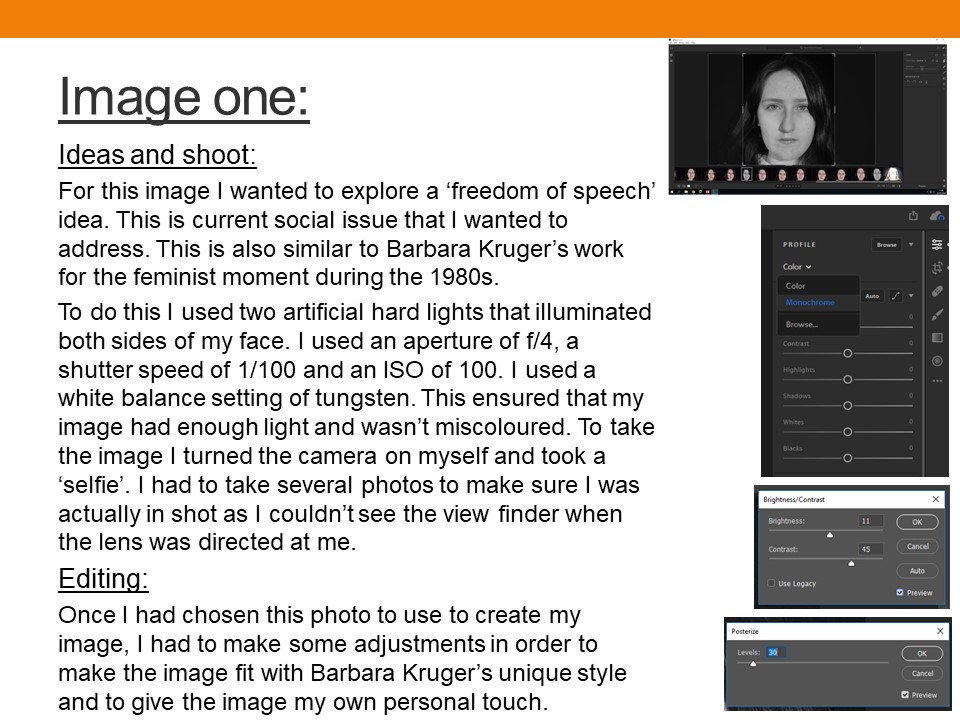


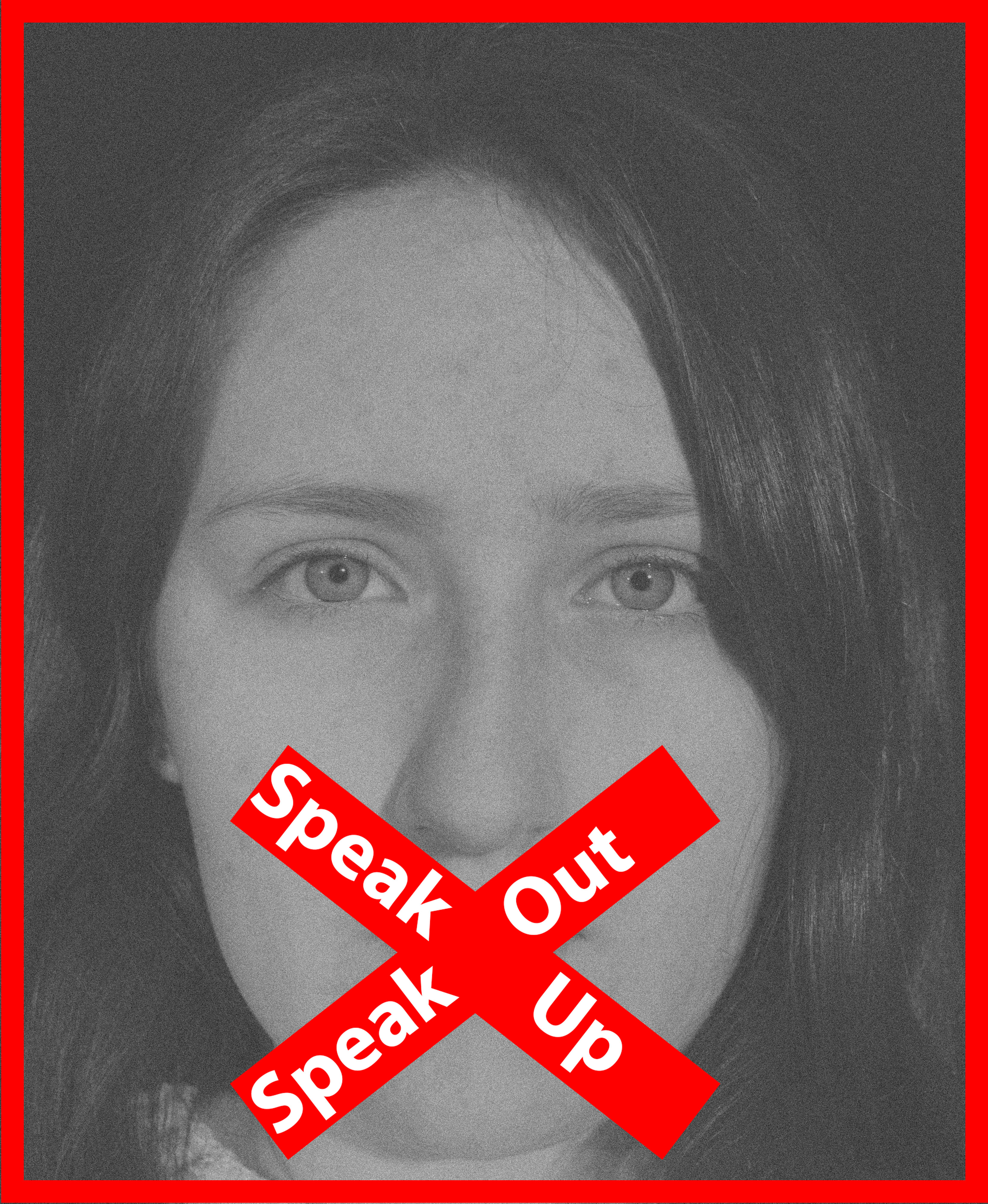
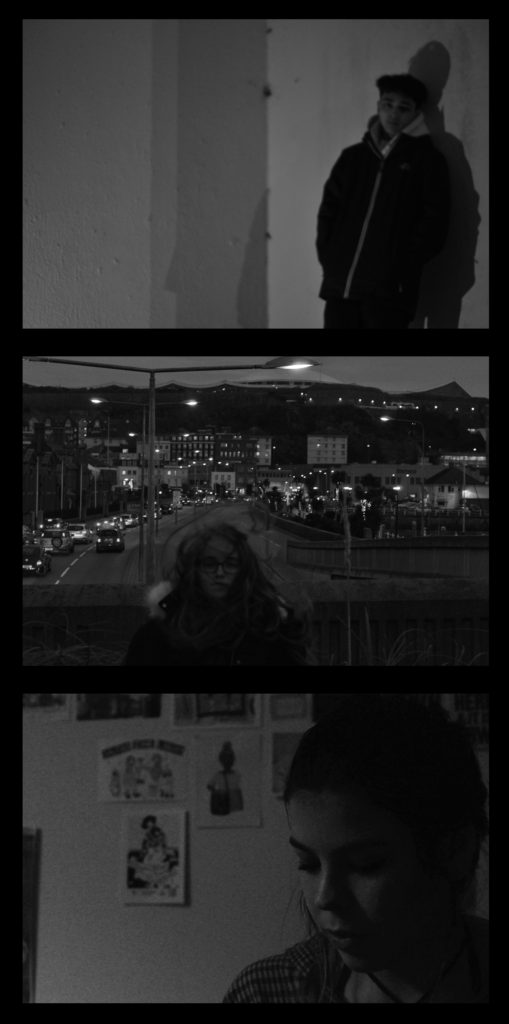
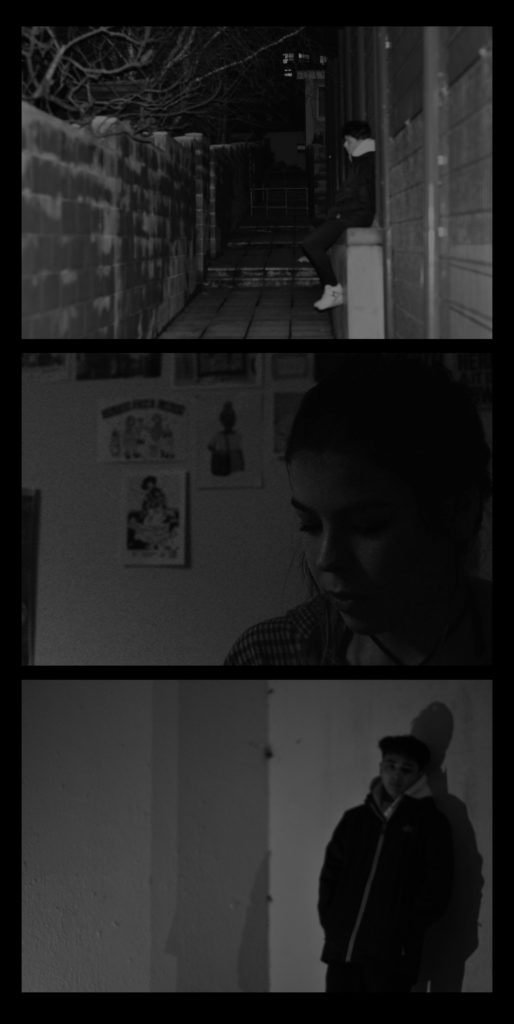
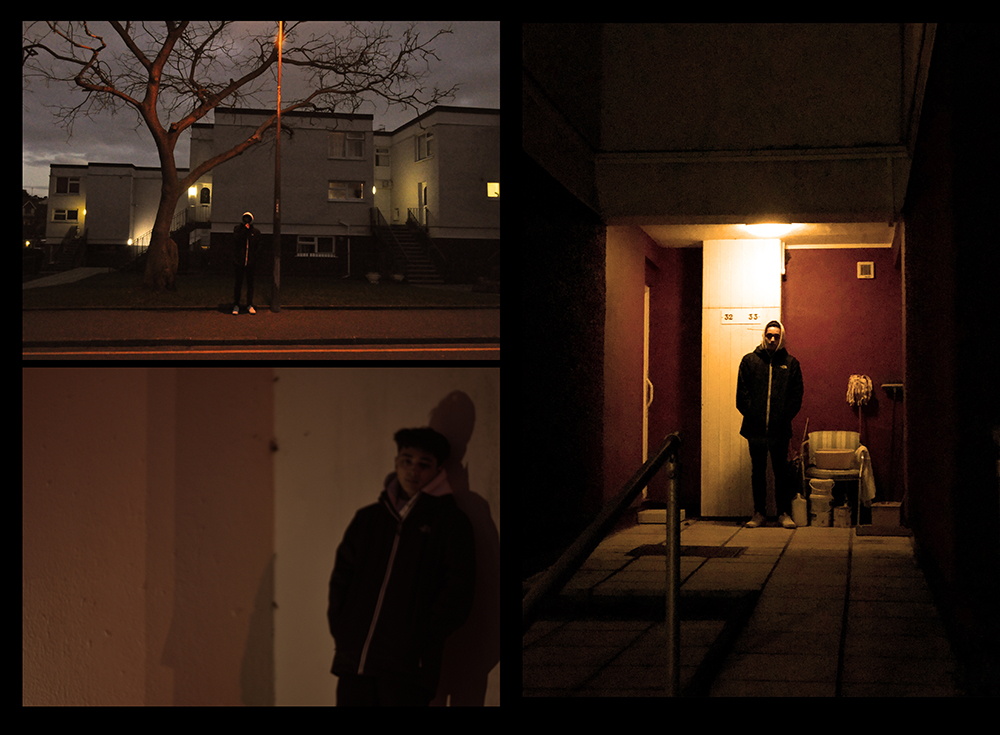
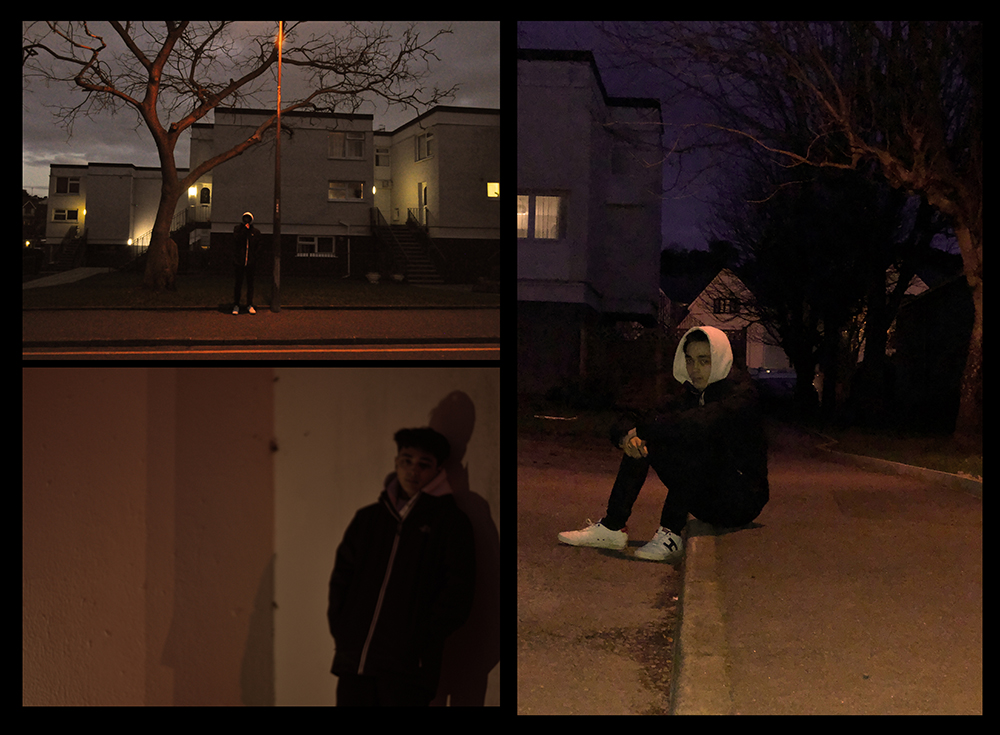


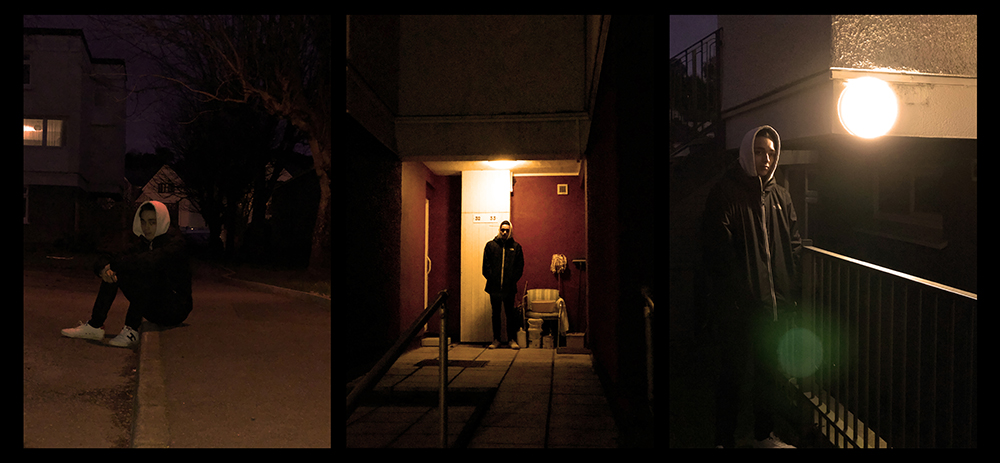
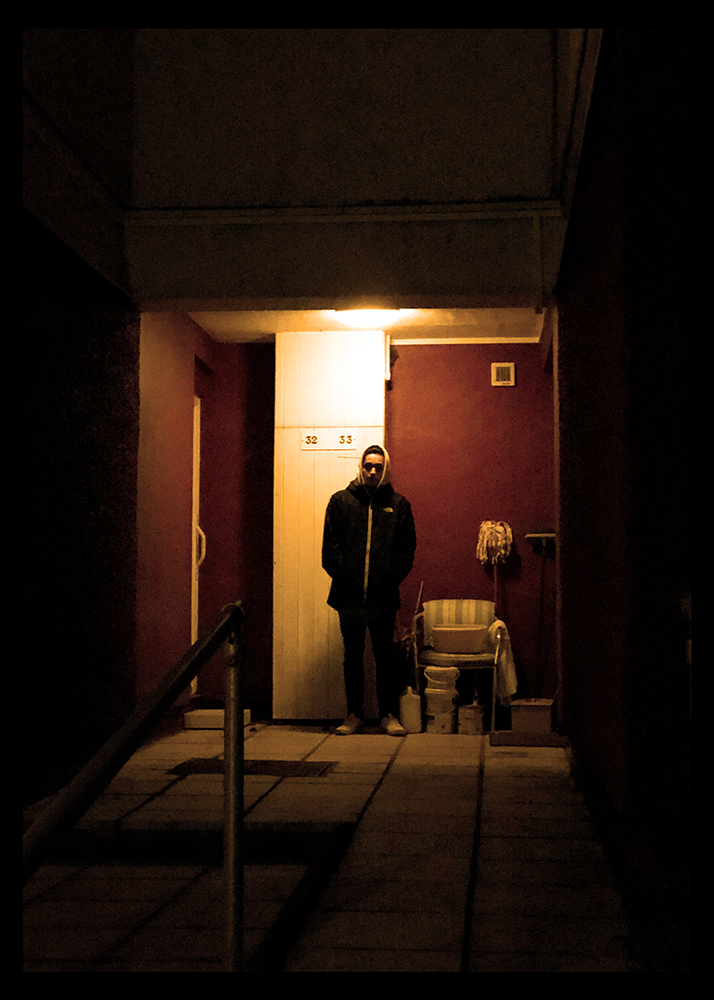
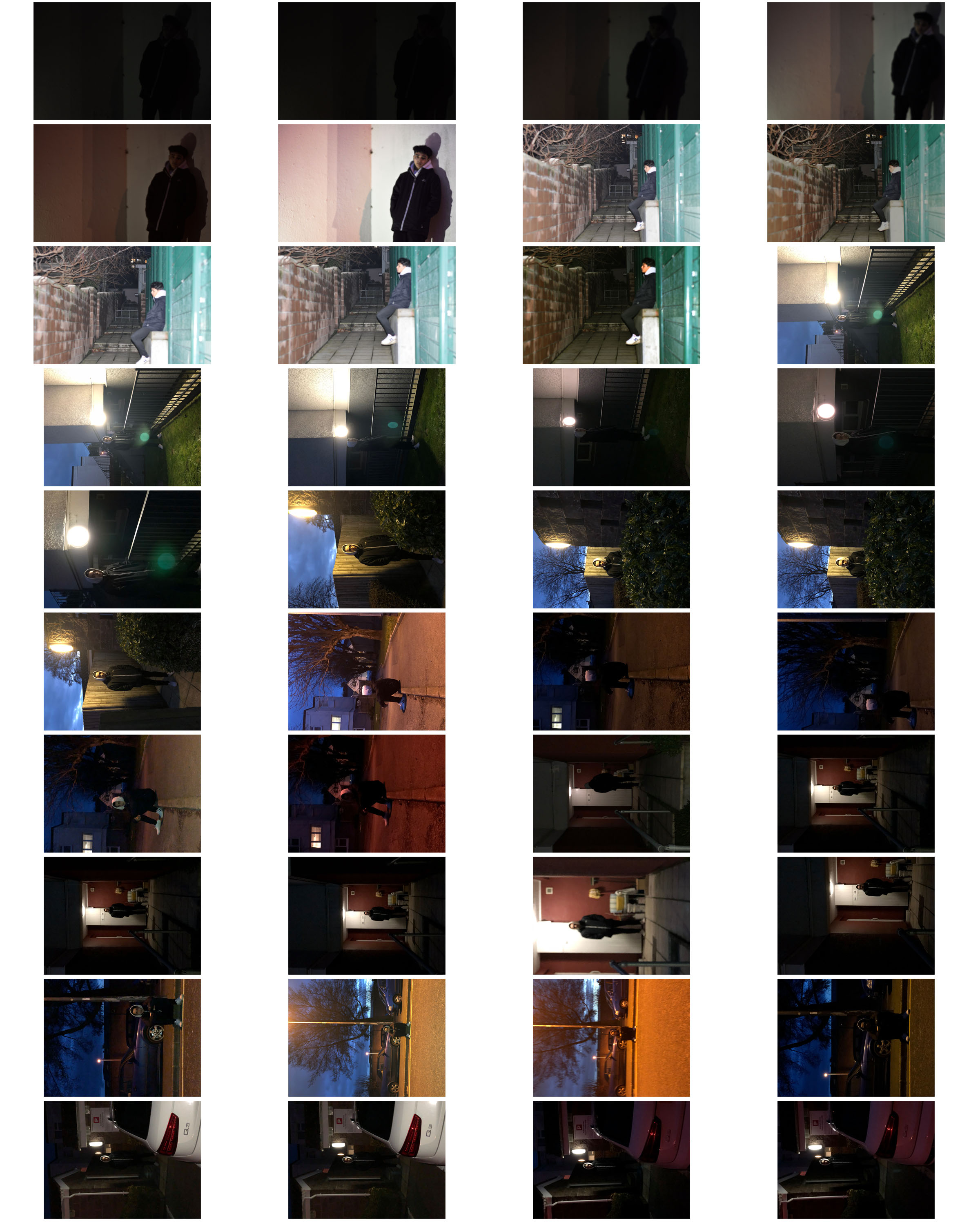
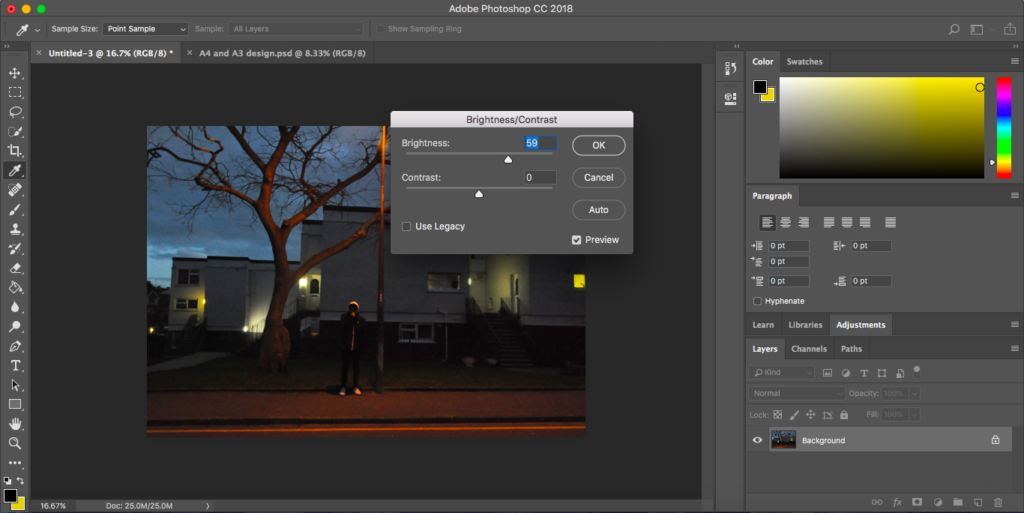

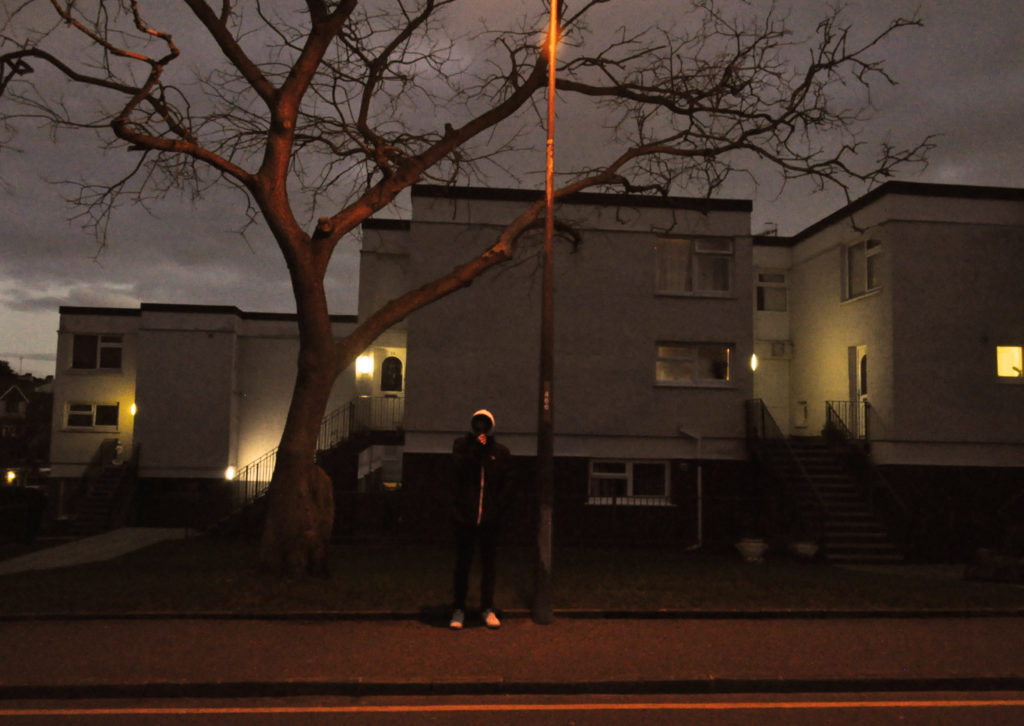
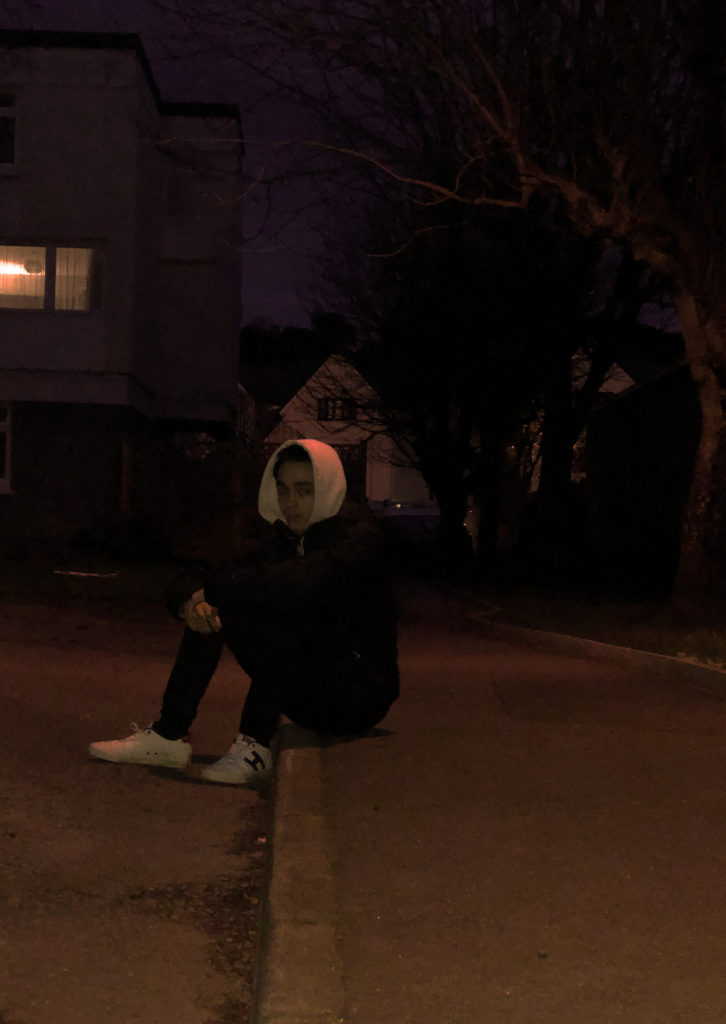

 This image is what i want to be editing and creating with in the exam. My aim for the exam is to edit the existing images that i have prepared and work on combining them with my urban landscapes in the first half of the exam in the second half of the exam i would ideal like to be creating my hand made blended photos. For on of my final pieces i may make a combination of one die Photoshoped and the other made using physical techniques this to me will reinforce the concept of identity and how my own work had its own style and creativity. Also there should be a noticeable idea running through of how industrialization shrouds our minds and how we let it take over our day to day life with no care in the world, also how it just happens around us over the nature that we all so preserve so important yet we do noting about. I want my final pieces to give off this idea that our identity and the places we live are ever changing and we just have to adapt to them. Also i want it to represent how the place we live in no water how natural with always be subjective to industrialization ans we just let this happen as if it is a normal thing because it is all we have ever know. I want the images to show how imprinted industrialization is on our minds. My final outcomes i am hoping for at least one A3, A4,A5. That is the photoshoped images and then however many hand made edits depending on how much time i have left.
This image is what i want to be editing and creating with in the exam. My aim for the exam is to edit the existing images that i have prepared and work on combining them with my urban landscapes in the first half of the exam in the second half of the exam i would ideal like to be creating my hand made blended photos. For on of my final pieces i may make a combination of one die Photoshoped and the other made using physical techniques this to me will reinforce the concept of identity and how my own work had its own style and creativity. Also there should be a noticeable idea running through of how industrialization shrouds our minds and how we let it take over our day to day life with no care in the world, also how it just happens around us over the nature that we all so preserve so important yet we do noting about. I want my final pieces to give off this idea that our identity and the places we live are ever changing and we just have to adapt to them. Also i want it to represent how the place we live in no water how natural with always be subjective to industrialization ans we just let this happen as if it is a normal thing because it is all we have ever know. I want the images to show how imprinted industrialization is on our minds. My final outcomes i am hoping for at least one A3, A4,A5. That is the photoshoped images and then however many hand made edits depending on how much time i have left.


 His work fits in well with the concepts of photo montage.
His work fits in well with the concepts of photo montage.
